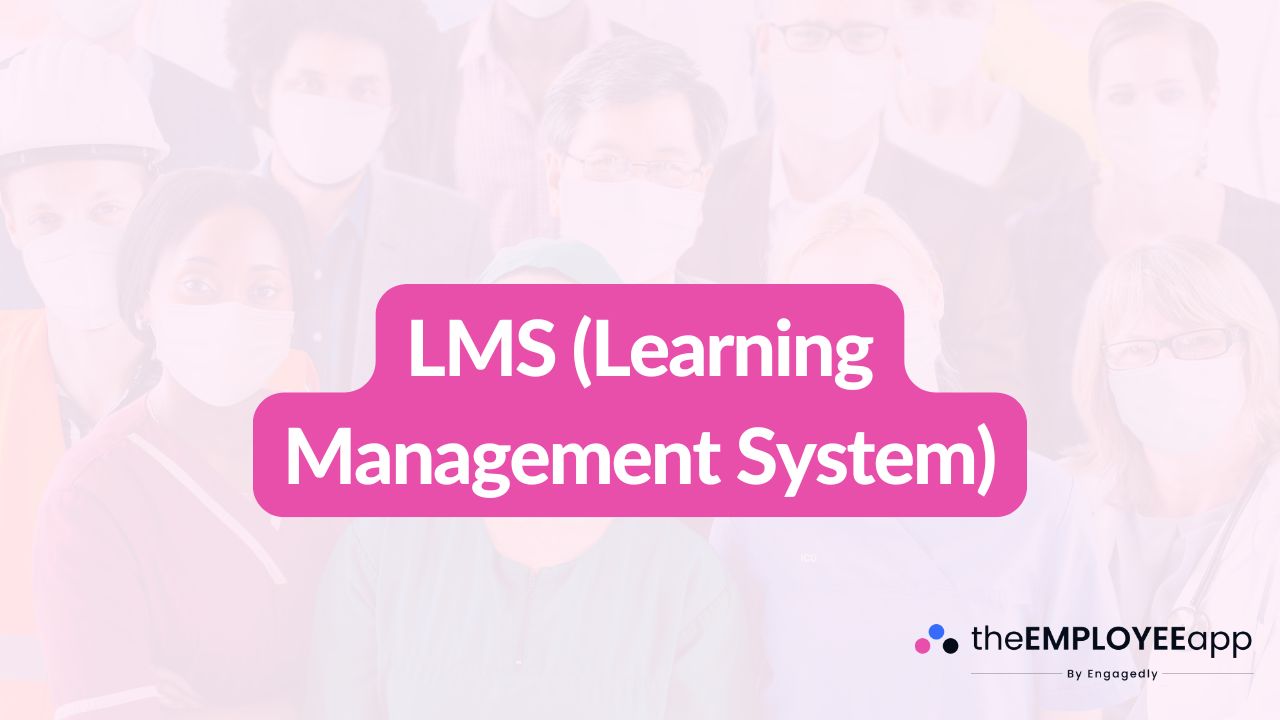
A Learning Management System (LMS) is a software platform designed to deliver, manage, and track learning and training programs. Organizations use LMS platforms to provide employees with training materials, ensure compliance, and monitor progress. Whether it’s onboarding new hires, offering professional development, or meeting industry regulations, an LMS centralizes learning in one accessible, digital space.
For today’s workforce, which includes remote, deskless, and frontline employees, an LMS makes training flexible, scalable, and measurable. Instead of relying on outdated paper manuals or in-person sessions alone, organizations can create digital courses, assign them to learners, and track results in real time.
An LMS is essentially a hub for learning. It allows organizations to:
Upload training materials like videos, documents, or quizzes.
Assign specific learning modules to employees or teams.
Track progress, completion rates, and assessment scores.
Provide certificates or compliance proof when training is finished.
This system ensures that employees have access to the right training at the right time, while managers and administrators can maintain oversight.
Centralized Training
All training content lives in one system, making it easy to update, distribute, and access.
Compliance and Risk Management
For industries with strict regulations, an LMS ensures employees complete required training and keeps a record of compliance.
Employee Development
Employees can upskill and reskill with structured learning paths that support career growth.
Scalability
Whether training 50 employees or 5,000, an LMS can deliver consistent content to everyone.
Flexibility
Modern LMS platforms are mobile-friendly, so even frontline and deskless workers can learn on the go.
An effective LMS typically includes the following features:
Course Management: Create, organize, and update training modules.
User Management: Assign training based on role, department, or location.
Assessment Tools: Quizzes, tests, and surveys to measure understanding.
Progress Tracking: Dashboards for administrators and learners to view completion rates.
Reporting and Analytics: Insights into performance, skill gaps, and compliance status.
Certificates and Badges: Recognition for completing courses and meeting requirements.
Improved Learning Experience
Employees can learn at their own pace, revisit content, and access training when it’s most convenient.
Cost Efficiency
Digital training reduces the costs of travel, venues, and printed materials.
Consistency
Every employee receives the same training materials, ensuring a standardized experience across the workforce.
Data-Driven Insights
Managers can analyze training data to make better decisions about employee development.
Increased Engagement
Modern LMS platforms often include gamification elements like badges, leaderboards, and challenges that keep learners motivated.
One of the most critical uses of an LMS is in compliance training. Industries like healthcare, manufacturing, finance, and retail face strict regulations requiring employees to follow specific guidelines. With an LMS, organizations can:
Assign mandatory compliance courses.
Track completion for audits.
Send reminders for renewals and certifications.
Reduce risk by ensuring employees meet regulatory standards.
This structured approach not only protects organizations from fines or penalties but also promotes a culture of accountability and responsibility.
As workplaces evolve, learning must keep pace. Hybrid and frontline employees need training that fits into their schedules and is easy to access on mobile devices. A modern LMS supports microlearning, video-based learning, and interactive modules that adapt to different styles of learners.
For managers, the reporting capabilities of an LMS provide actionable insights. They can see which employees excel, who needs support, and where additional training should be introduced. This data-driven approach transforms training from a simple requirement into a powerful strategic tool.
A Learning Management System (LMS) is more than a tool—it’s the backbone of effective training and compliance programs. It streamlines learning, ensures employees meet regulatory requirements, and supports ongoing development.
By adopting a modern LMS, organizations create a culture of continuous learning and empower their workforce to stay skilled, compliant, and engaged. In an environment where adaptability is key, an LMS helps businesses remain competitive and future-ready.
